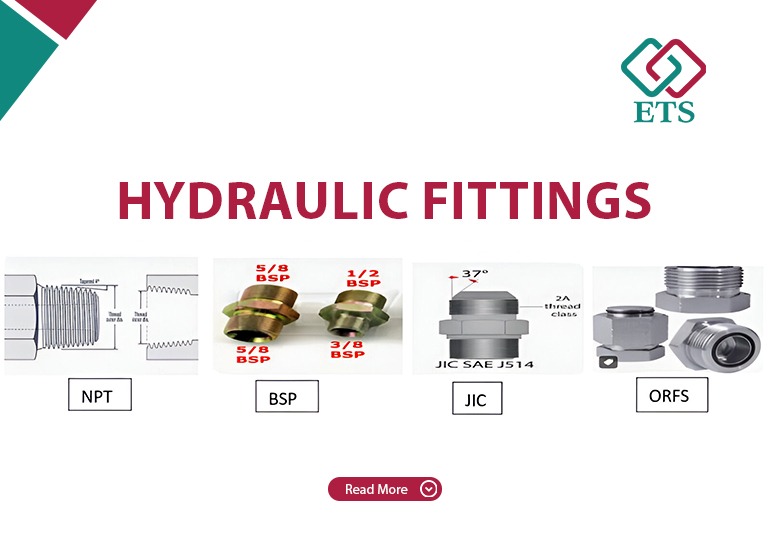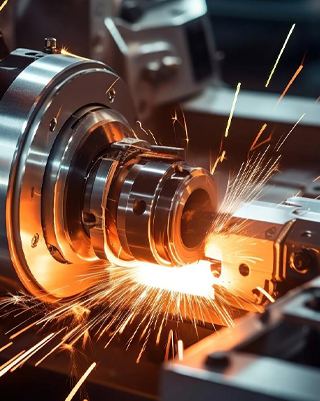Hydraulic fittings are components used to connect hoses, pipes, and tubes in a hydraulic system. They help contain and direct the flow of hydraulic fluid under pressure. There are several types of hydraulic fittings, categorized by connection type, shape, and sealing method:
1. By Connection Type:
a. Threaded Fittings
NPT (National Pipe Tapered): Common in North America; relies on thread tightness and sealant.
BSP (British Standard Pipe): Includes BSPT (tapered) and BSPP (parallel); common in Europe and Asia.
JIC (Joint Industry Council): 37° flare fitting, widely used in fluid power systems.
ORFS (O-Ring Face Seal): Provides a secure, leak-free seal using an O-ring in the face of the fitting.
SAE (Society of Automotive Engineers): Straight thread with O-ring; provides reliable sealing.
b. Flange Fittings
Used in high-pressure applications; includes split flanges or code 61/code 62 flanges.
c. Compression Fittings
Use a ferrule to compress against the pipe, ensuring a tight seal (e.g., DIN 2353).
d. Quick Disconnects (Quick Couplers)
Allow for fast connection/disconnection without tools; often used in mobile or temporary systems.
2. By Shape:
Straight
Elbow (45°, 90°)
Tee
Cross
Reducer
3. By Material:
Steel (high strength, used in industrial systems)
Stainless Steel (corrosion-resistant)
Brass (moderate strength, corrosion-resistant, often in lighter-duty systems)
Plastic/Composite (lower pressure applications)
4. Sealing Methods:
Metal-to-metal seal (e.g., JIC)
Elastomeric O-rings (e.g., ORFS, SAE)
Tapered thread seal (requires sealant or Teflon tape)


